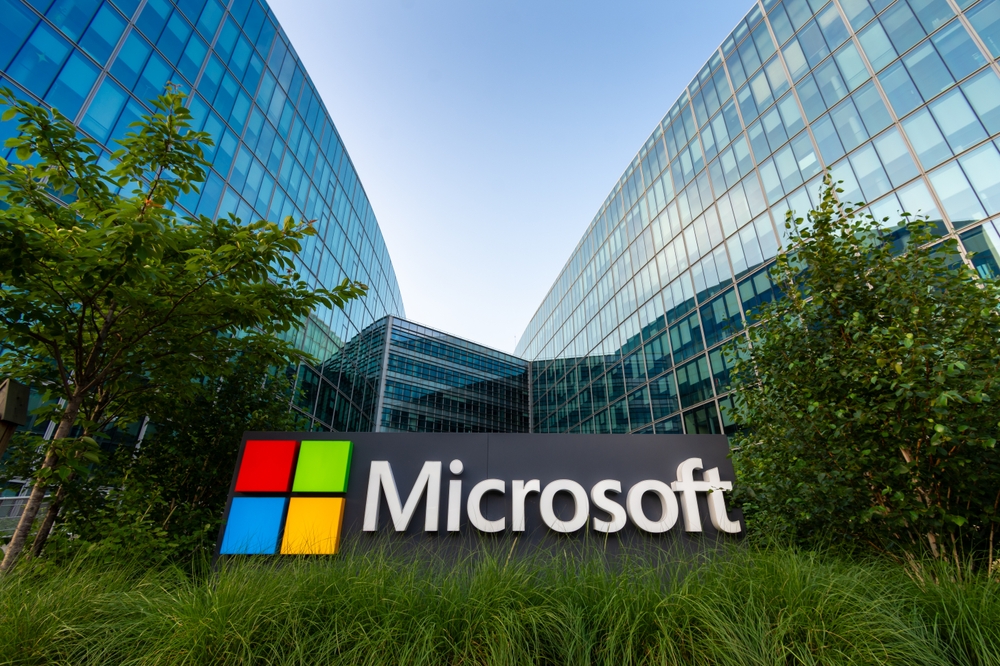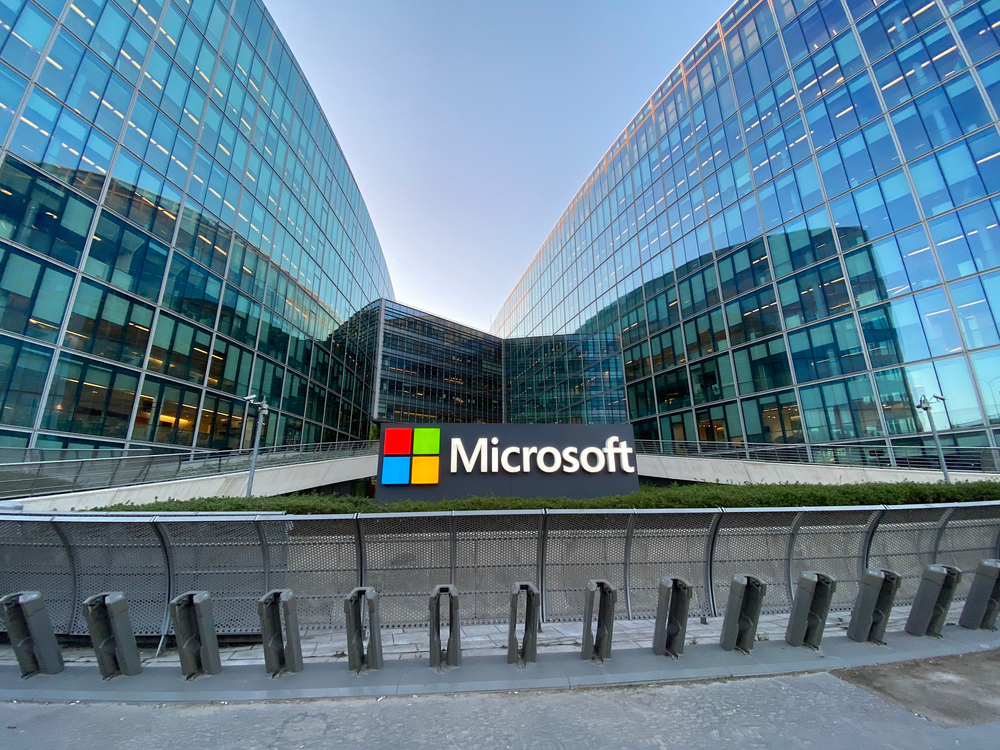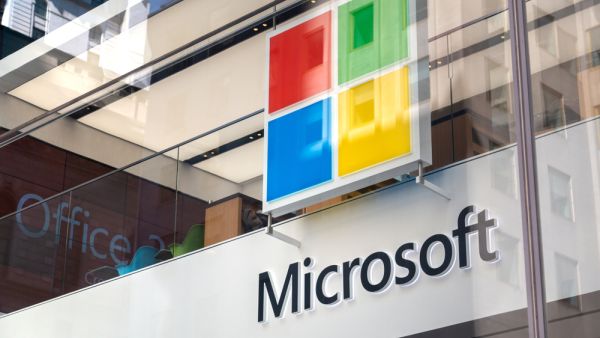ALBAWABA - Microsoft has introduced some annoying features to both systems, such as built-in advertisements. While you can install third-party tools to disable these ads with a single click, we don't recommend it. These tools may seem quick and convenient, but they could compromise your privacy. Instead, it's better to do it yourself through simple toggles within the Windows settings.
Disabling Ads
To turn off ads and pop-ups in Windows 10, go to Settings, then Personalization, and uncheck the option to Show suggestions occasionally in the Start menu.
In Windows 11, this setting is called Display recommendations for tips, shortcuts, new apps, and more.
Blocking Tips and Suggestions
Unfortunately, the lock screen isn't much better. If you've set the lock screen to display a picture, Microsoft will fill the screen with text.
To remove these suggestions and see only the image, go to Settings, then Personalization, choose Lock screen, switch Background from Windows Spotlight to Picture, then turn off Get fun facts, tips, tricks, and more from Windows and Cortana on your lock screen. Removing Advertisements from Notifications
Sometimes, you may encounter pop-ups trying to convince you to switch to Edge or join Microsoft Rewards. Get rid of them in Windows 10 by going to Settings, then System, then Notifications & actions, and turn off Get tips, tricks, and suggestions as you use Windows.
You can also uncheck Show me the Windows welcome experience after updates and occasionally when I sign in to highlight what's new and suggested ways I can get the most out of Windows.
In Windows 11, open Settings, then System, then Notifications, scroll down, and open Additional Settings, disable Show Me the Windows welcome experience after updates, and also disable Show tips and suggestions.

Microsoft. (Shutterstock)
Disabling External Advertisements
It's worth noting that some ads that appear as notifications may not be from Microsoft at all. Instead, they could be from software installed by your computer's manufacturer. To stop these ads, open Settings, then System, then Notifications, scroll down to the Get notifications from these senders list and delete any apps you didn't install.
Disabling Suggested Content in Settings App
Microsoft has also begun using the Settings app as an advertising platform to suggest its own apps for you to use. If you don't want to see these, go to Settings, then Privacy, then General, and disable Show suggested content in Settings.
File Explorer Ads
Even File Explorer isn't immune to ads. Microsoft fills it with ads promoting its products, urging you to subscribe to OneDrive and Office 365. The company now offers these services as you browse your hard drive. To get rid of them, click View in File Explorer, then Options in Windows 10, or open the three-dot menu and click Options in Windows 11. From there, click on the View tab, scroll down to Show sync provider notifications, and uncheck this box. This should prevent ads from appearing in File Explorer again.

Microsoft. (Shutterstock)
Turning Off Targeted Ads
Windows provides an advertising feature to track your interests and deliver more relevant ads within apps. While disabling all embedded ads in Windows, you may also want to turn off this setting.
In Windows 10, head to Settings, then Privacy, then General, and turn off Let apps use advertising ID.
In Windows 11, it's labeled Let apps show personalized ads by using your advertising ID. If you turn off all these settings, you should get rid of annoying pop-ups and ads.







